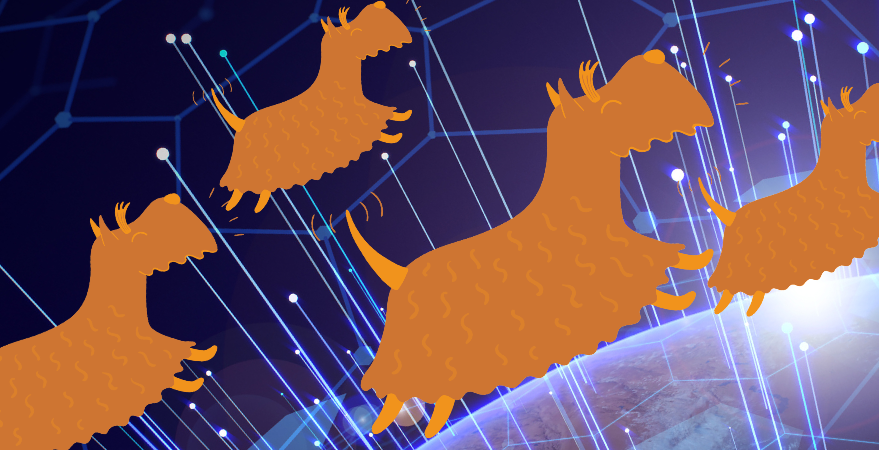An emerging trend toward consolidation of GEO and NGSO constellations by network operators reflects a shift in their thinking.
Recent weeks and months have seen growing activity among satellite network operators keen to integrate the soon-to-be-available LEO-derived bandwidth with existing GEO services.
The recent activity has ranged from shifts in strategy, encompassing new LEO services alongside a GEO business model, to moves towards merger and acquisition as the new players seek scale and the established ones seek new product lines.
This is good news for everyone from hardware and software suppliers to end users on land, at sea and in the air. The new focus on the LEO story suggests that the ‘legacy’ satellite operators see value in this segment and are prepared to make strategic investments to broaden their offerings.
From a business point of view, the strategy makes sense. No one should bet against more bandwidth, but while the many applications that users deploy daily can be handled on GEO with some optimization, LEO’s potential dividend in throughput and latency is too good to ignore.
Additional bandwidth and lower latency will fill gaps, both regionally at the poles and provide concentrated coverage for connected assets. However, what is not yet clear is whether these systems can offer the same kind of throughput guarantees and uptime reliability that users have come to expect from hybrid GEO networks.
Both corporate combination and service expansion make sense from a technology point of view. Second-generation LEO hardware and software – the technical setup most customers will be using – will offer closer integration and interoperability with GEO space and earth systems.
Being able to provide the best of both orbits from inside a single network infrastructure is a no-brainer in what will become an increasingly crowded and competitive marketplace.
Look closer, though, and it’s clear that — to some extent, at least — the tail is wagging the dog. The expansion into new orbits, bands and frequencies by satellite operators reflects the truth that integrators have known for years: no one network, frequency, or orbit is enough to serve all your customers’ needs in all their locations.
This is a truth that any satellite integrator will tell you for nothing more than the time it takes to show a 10-slide pitch deck. Operators of single-band networks are suddenly realizing that a hybrid network that brings all the available services makes it easier to provide guaranteed coverage and throughput.
With news breaking of another two large GEO/LEO operators in early-stage merger talks, LEO may prove to be the satellite industry disruptor its creators always believed. Though not perhaps for the reasons they originally imagined.
Alexandre De Luca is president of enterprise at Marlink, a maritime connectivity specialist.
